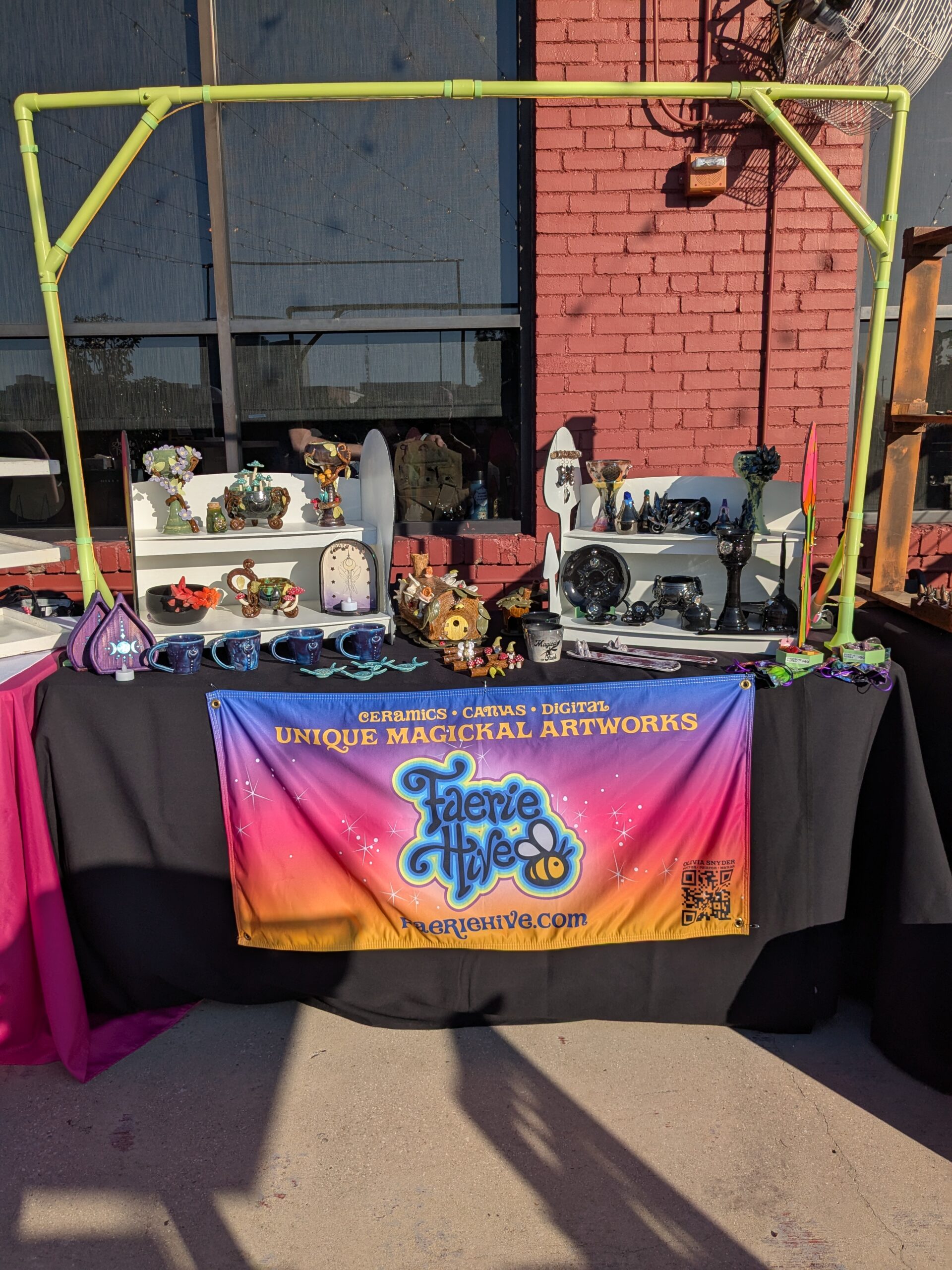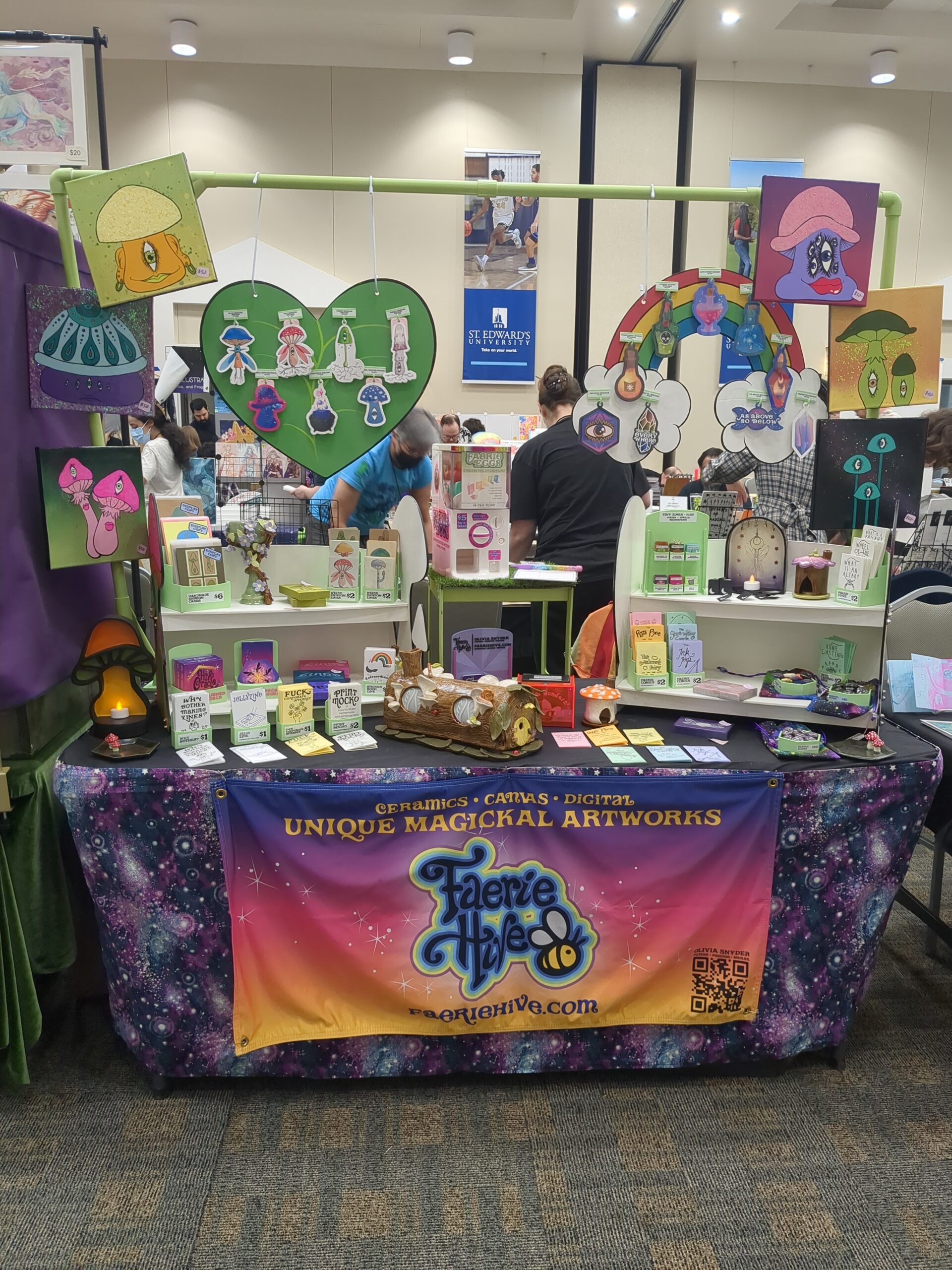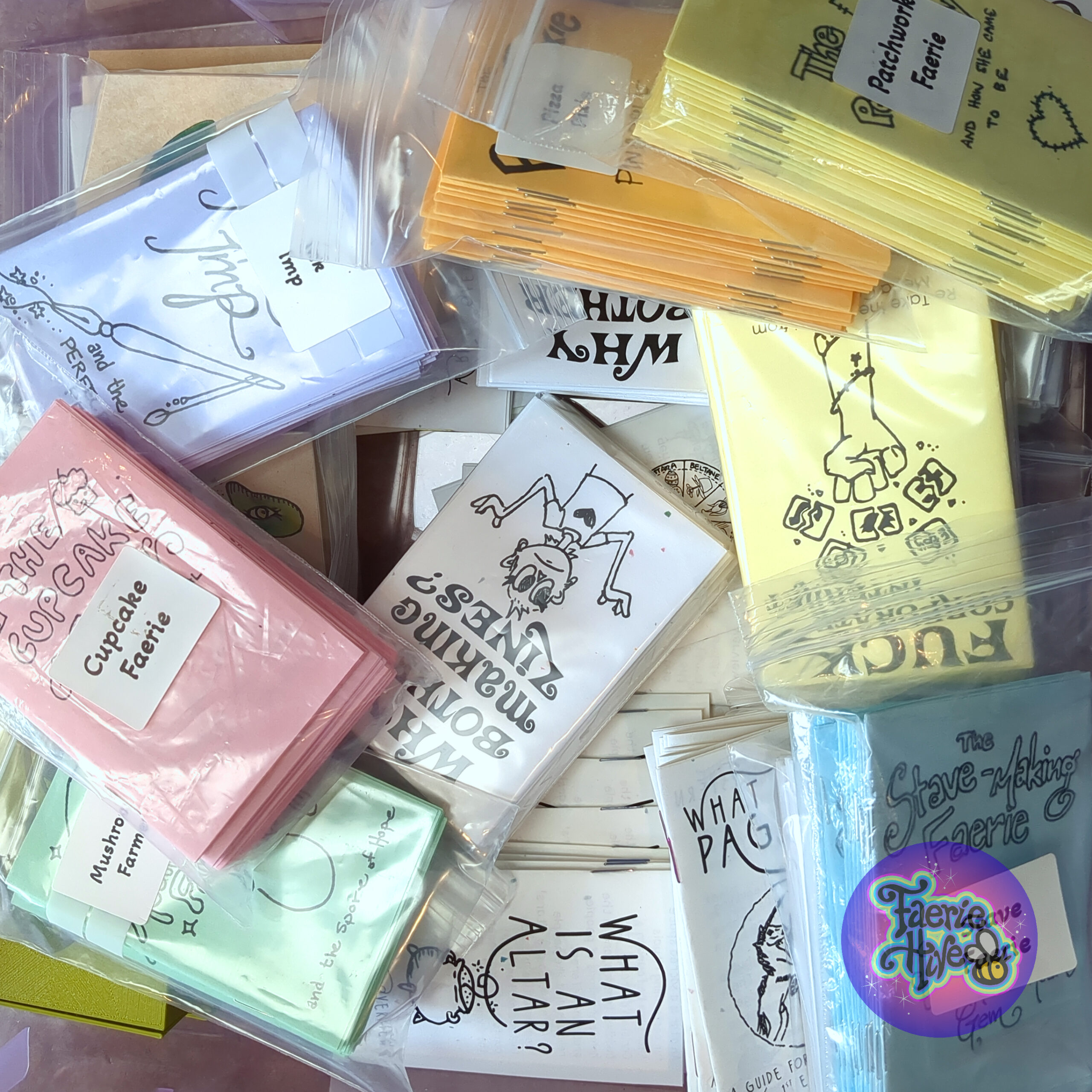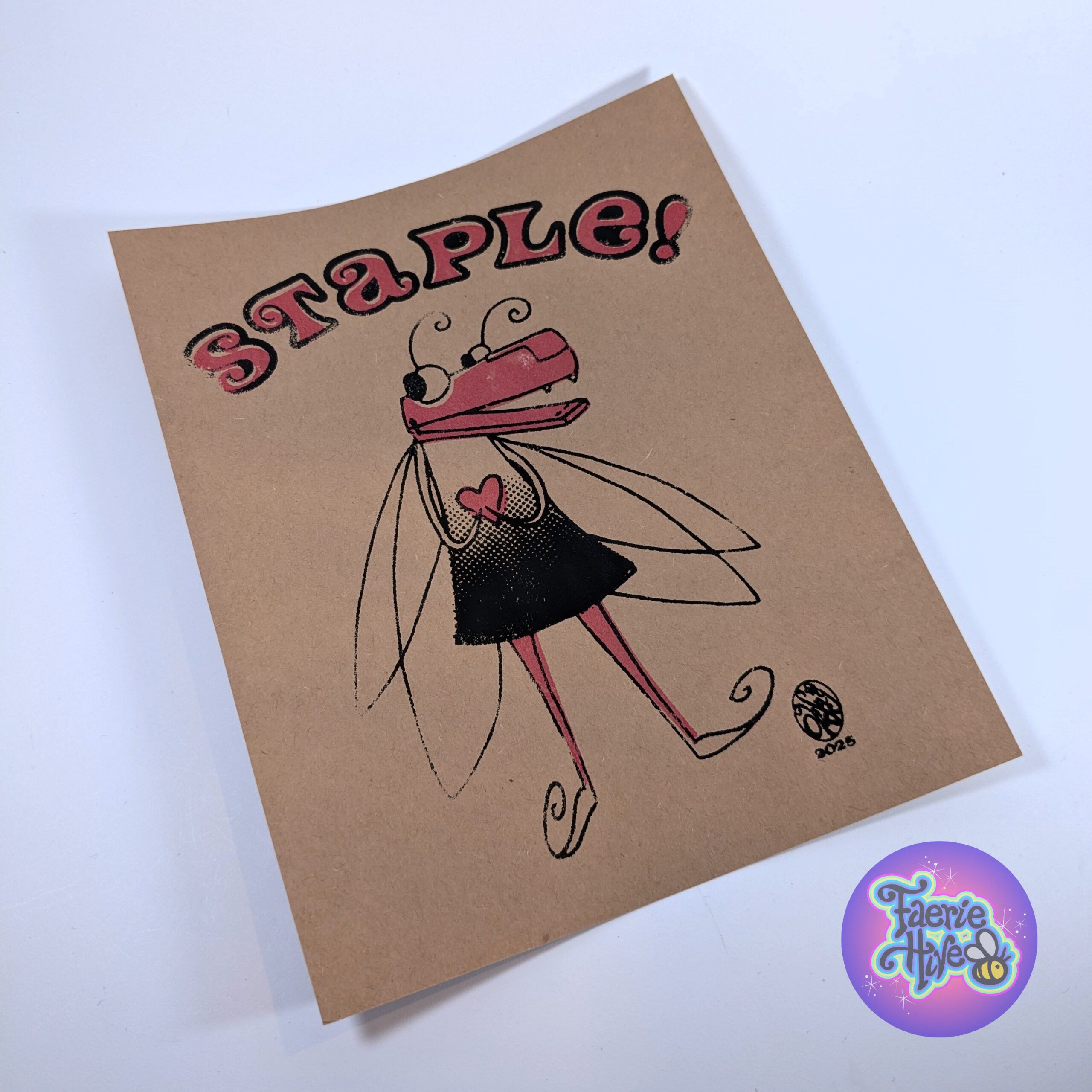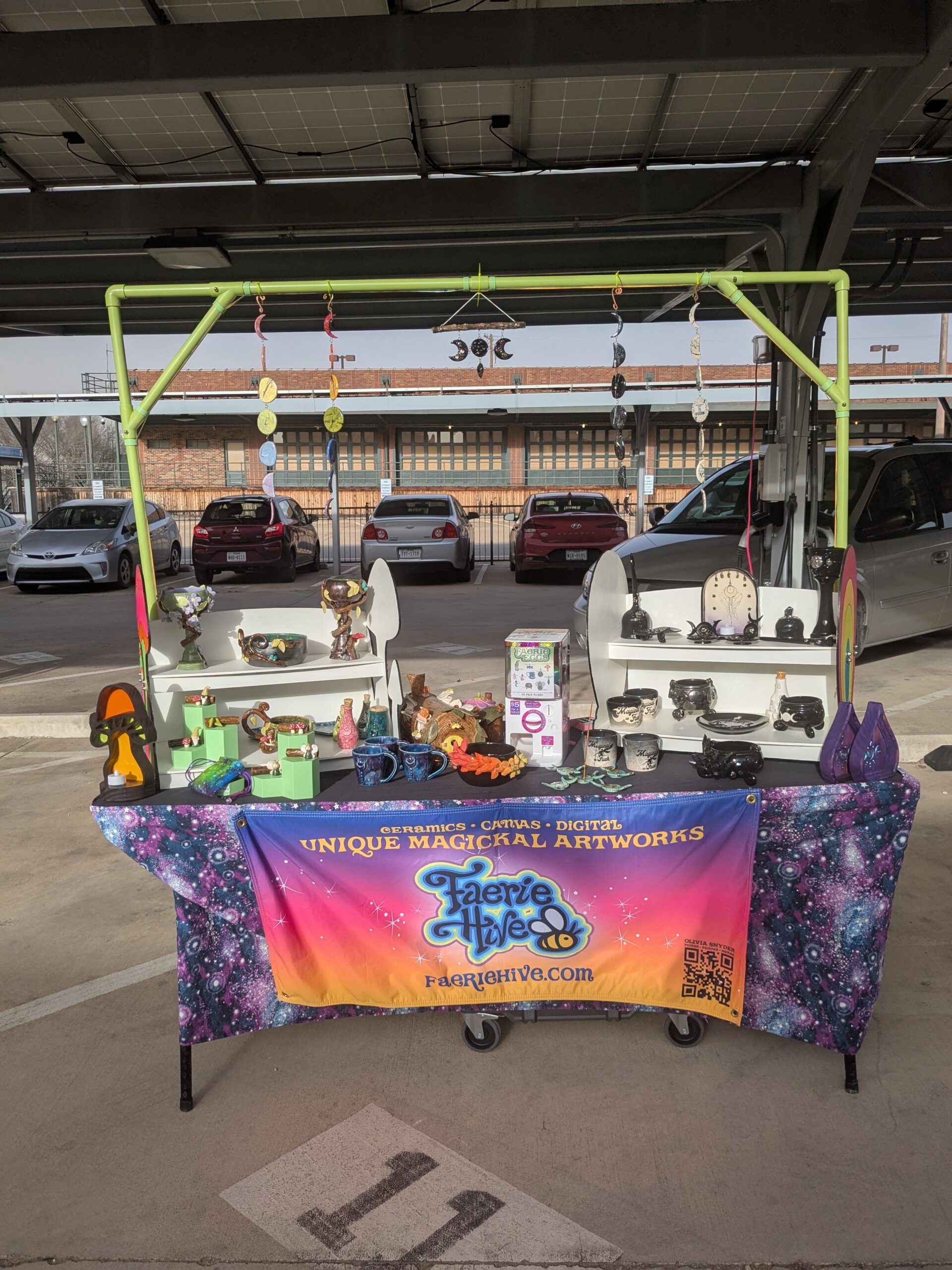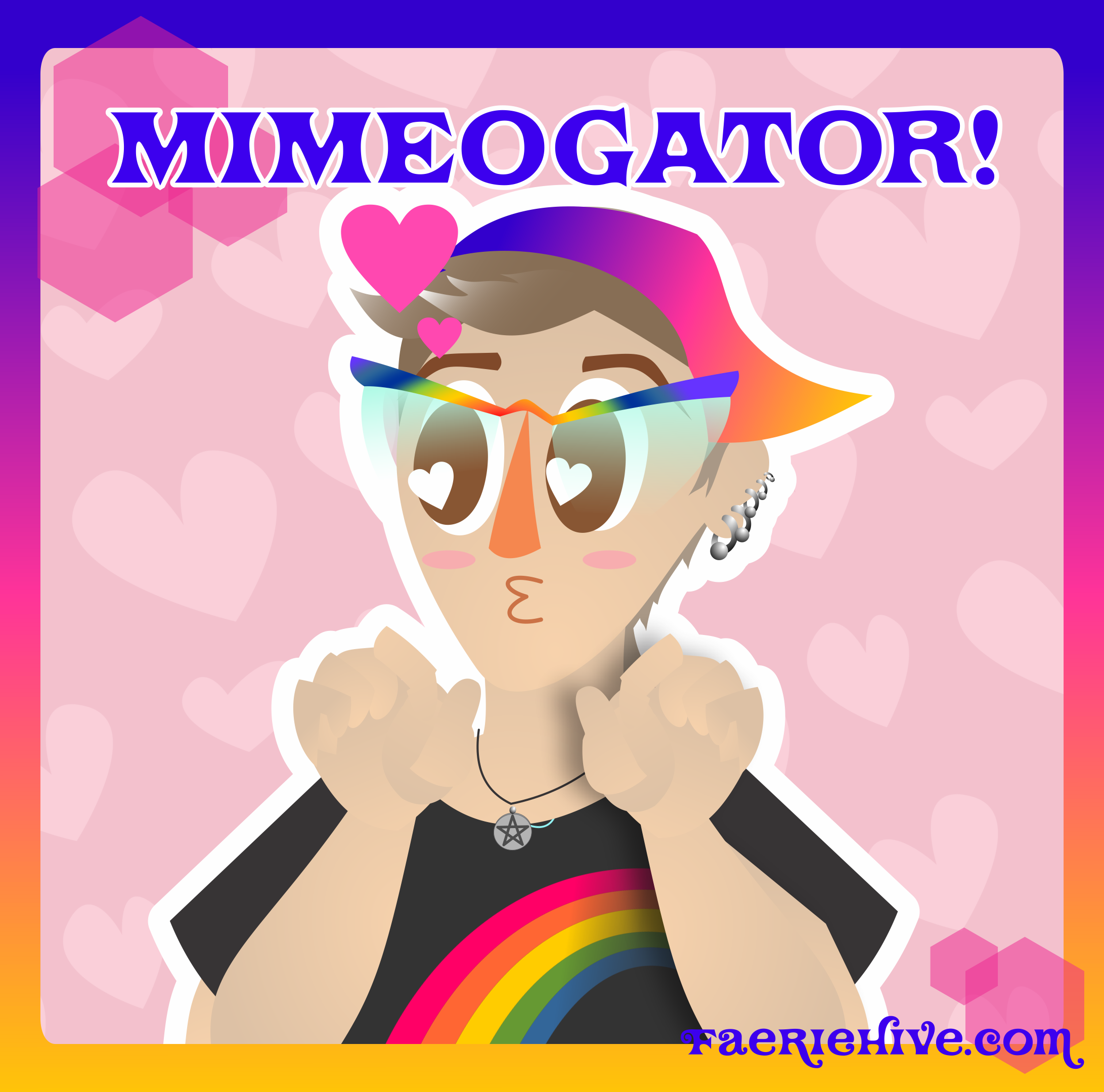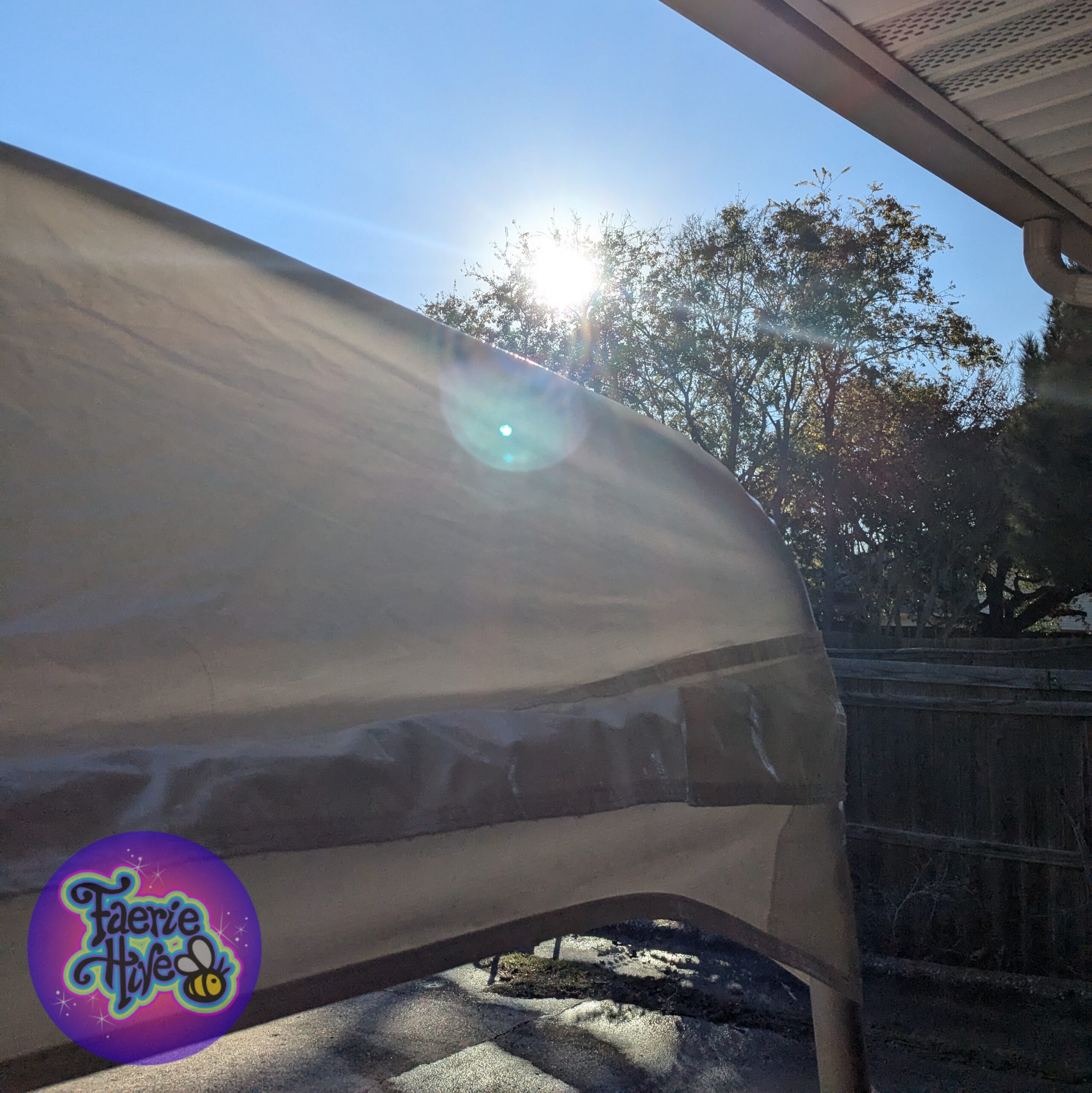What does a Texas potter DO when it’s 9365° outside, outdoor shows are instant death, and zine season isn’t until this fall? Why, throw myself into a project that’s been softly speaking in my head for years like Milton from Office Space. I can hear that meek little voice: “Excuse me, you’ve been working on a Tarot deck for a few years now and I still don’t have a Tarot deck.”
I tried to hold myself accountable by doing regular livestreams, but, with homeschooling two kids and managing the household and a business, I don’t always have a chance to get into “deep work.” Rather, I may work for 10 minutes before helping with Ancient History, not work for an entire day because I need to replace the water heater, or work for 6 hours straight because the kids are at a class. I gotta be flexible, but still hold myself accountable for project goals!
This year is it. I’m going to finish. There will always be an instance of CorelDRAW open with a tarot card in it. There’s a progress bar on the website. I’ve told everyone I’m finishing this year. No excuses. Stop getting sidetracked. The joy of research is great, but you have 78 cards to illustrate.
I got this.



